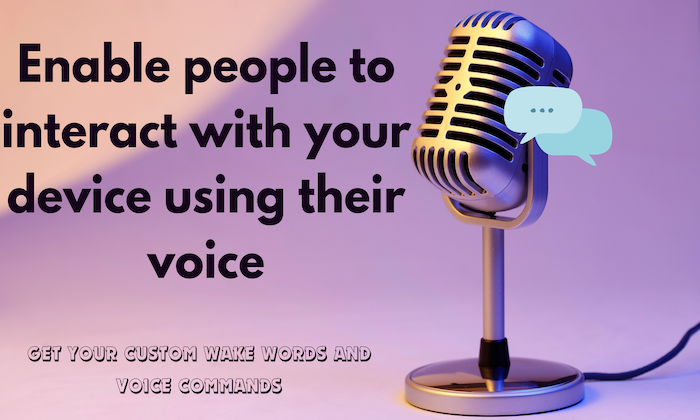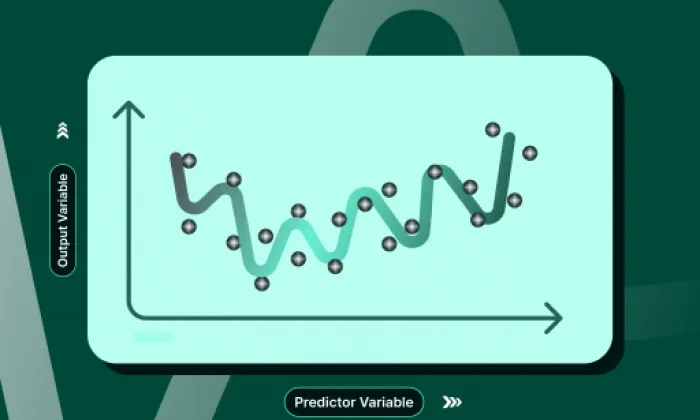What are the benefits of two-speaker data vs monologue in healthcare domain?
Dialogue Systems
Healthcare
Speech AI
Understanding the distinction between two-speaker and monologue data in healthcare is crucial for developing effective AI models. Let's explore the strengths of each, focusing on how two-speaker data offers unique advantages in healthcare AI.
Why Two-Speaker Data Matters
Two-speaker data captures interactions between two parties, typically a doctor and a patient. This format reflects the natural dynamics of conversation, including interruptions and emotional cues. In contrast, monologue data involves a single speaker, which often lacks the interactive elements found in real-life dialogues.
Key Benefits of Two-Speaker Data for Healthcare AI
- Realism in Interactions: Two-speaker data provides the authenticity needed for training AI systems that must understand and emulate human dialogue. Real-time interactions, such as how empathy is expressed or how questions are answered, are captured only in a two-speaker format. This is vital for applications like medical transcription, where context and emotional nuances enhance understanding.
- Enhanced Contextual Understanding: This data type allows AI models to learn from contextual clues in exchanges between speakers. For example, a doctor's response to a patient's concern can reveal diagnostic reasoning and patient engagement strategies. Such contextual richness is often missing in monologue datasets, which may not convey the interplay of questions and answers essential for developing conversational AI systems.
- Improved Dialogue Management: Effective communication can directly impact patient outcomes. By understanding turn-taking, interruptions, and clarifications, two-speaker data helps develop AI systems that manage dialogues better. This is particularly important in telemedicine, where maintaining a natural conversation flow is critical for user satisfaction.
Situational Strengths of Monologue Data
While two-speaker data offers significant advantages, monologue data has its place. It can be useful for applications like summarizing patient histories or providing educational content, where interaction is less critical. Monologue data is easier to annotate and can be beneficial when the focus is on narrative clarity rather than conversational dynamics.
Considerations and Trade-offs in Data Types for Healthcare AI
Choosing between two-speaker and monologue data involves considering the complexity of annotation processes. Two-speaker datasets require detailed annotation to capture each speaker's contributions accurately. However, the richness they provide is necessary for applications that rely on understanding dialogue.
On the other hand, monologue datasets are simpler to create and annotate but often lack the depth needed for applications that depend on interactive dialogue. Teams must weigh the need for authentic conversational data against project timelines and resource availability.
Common Pitfalls in Two-Speaker Data Strategy and How to Avoid Them
A common oversight is neglecting diversity in two-speaker datasets. Including a variety of speakers across different ages, genders, and accents is crucial for creating robust models that generalize well across diverse populations. Failing to do so can lead to biased models with poor real-world performance.
Additionally, incorporating a wide range of clinical scenarios is essential. Training AI systems on a broad spectrum of medical interactions ensures they can handle the variety of situations they will encounter in practice.
Real-World Impacts & Use Cases
Applications like telehealth platforms, virtual health assistants, and mental health support systems benefit significantly from two-speaker data. These applications require the nuanced understanding of real-time interactions, which enhances the accuracy and empathy of AI-driven solutions.
Conclusion
Choosing the right data type is more than a technical decision. It affects the effectiveness and accuracy of AI systems designed for healthcare interactions. By prioritizing two-speaker data, organizations can leverage the realism and authenticity of human conversation, leading to better AI performance in understanding and responding to patient needs. As healthcare continues to advance, utilizing realistic conversational data will be essential in developing more effective and empathetic AI solutions.
For AI projects requiring nuanced two-speaker data, FutureBeeAI provides ethically sourced, multilingual datasets that reflect authentic clinical interactions, ready to elevate your healthcare AI systems.
Smart FAQs
Q. What applications benefit most from two-speaker data in healthcare?
Telehealth platforms, medical transcription services, and conversational AI assistants benefit from two-speaker data, as it captures the nuances of real-time interactions, improving AI response accuracy and empathy.
Q. How can teams ensure the quality of two-speaker datasets?
Quality can be ensured through rigorous annotation processes, multi-layer quality assurance checks, and by involving healthcare professionals to review the authenticity and context of conversations captured in the dataset.
What Else Do People Ask?
Related AI Articles
Browse Matching Datasets
Acquiring high-quality AI datasets has never been easier!!!
Get in touch with our AI data expert now!








